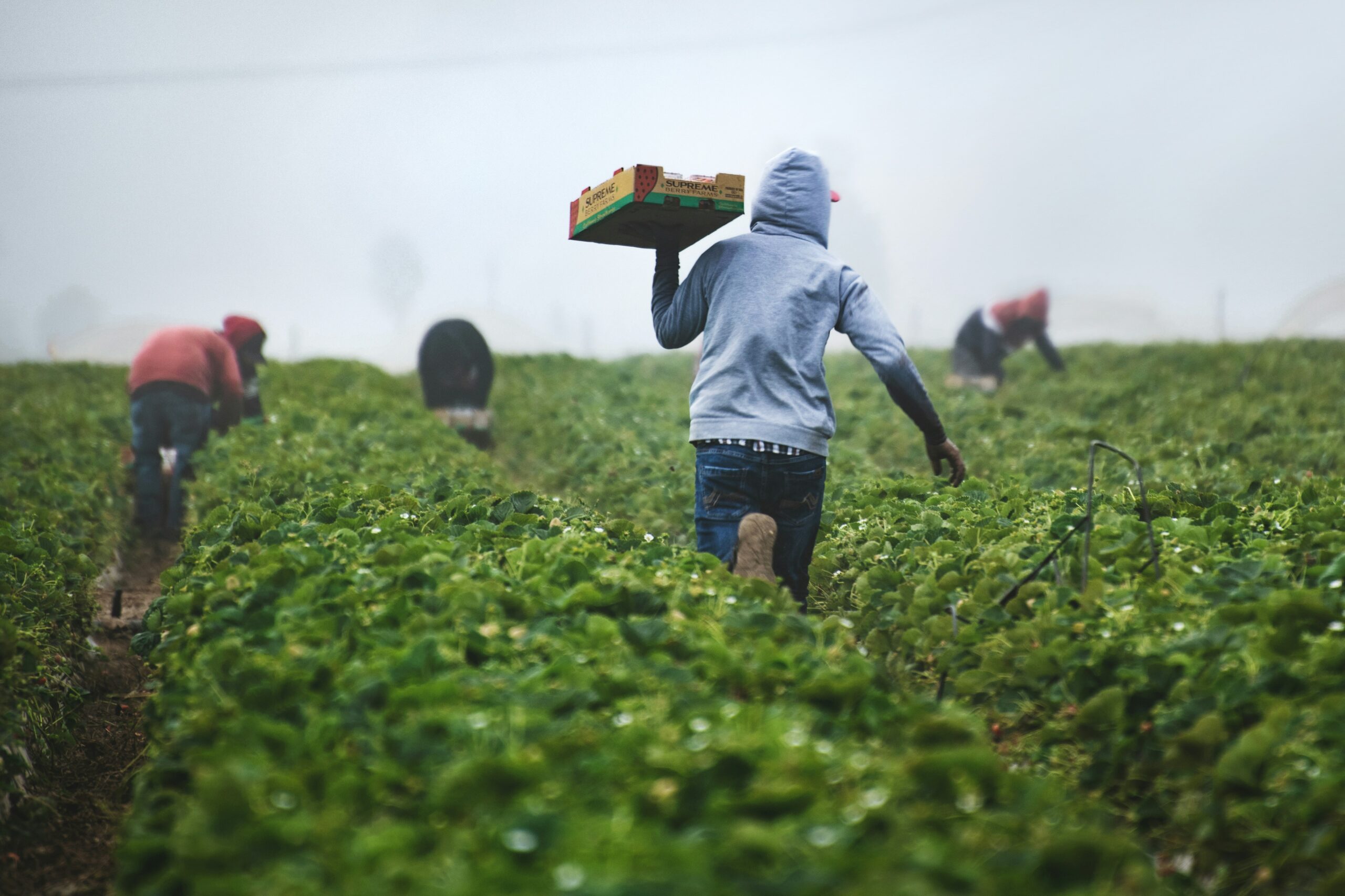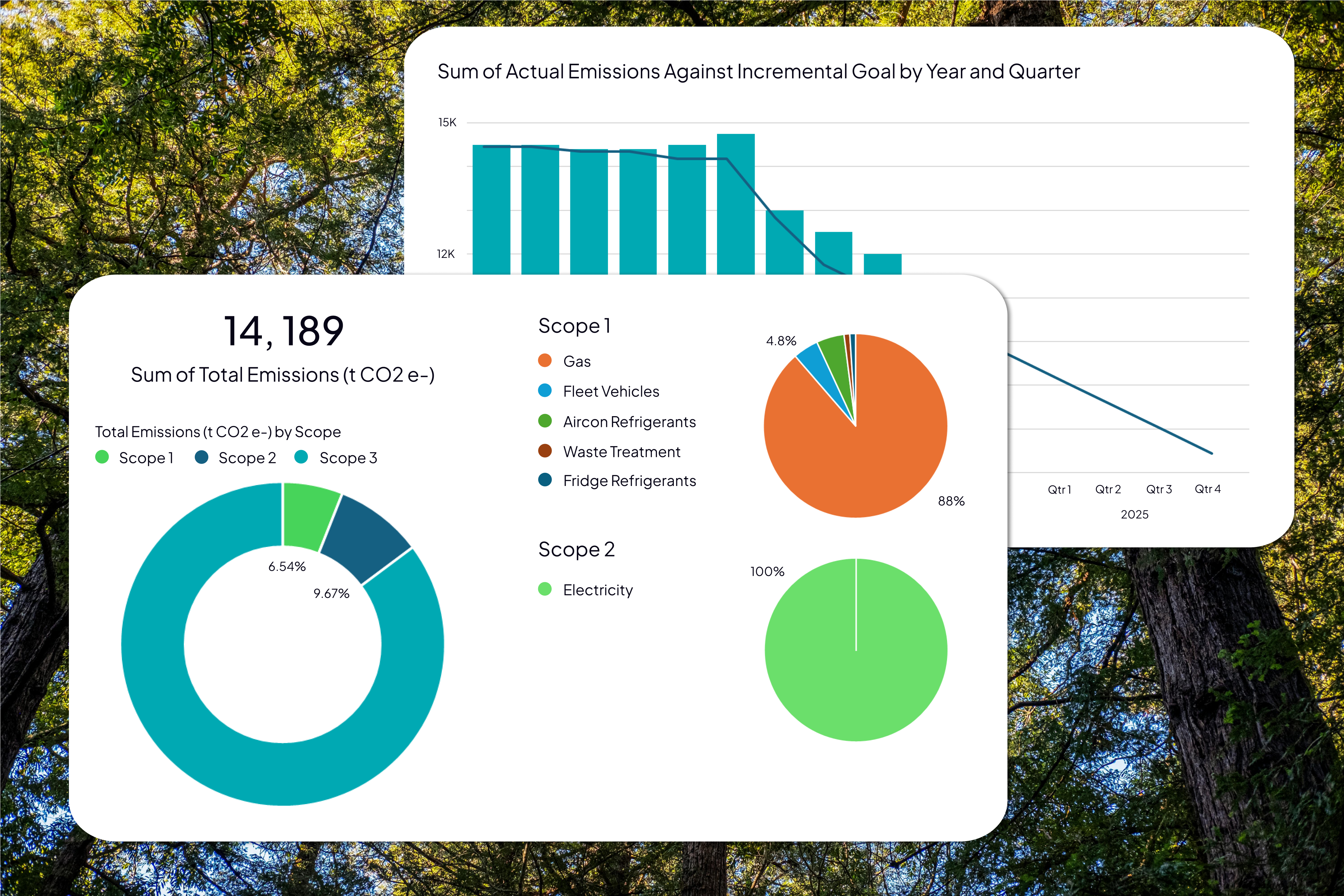In recent years we have seen an increase in media and consumer attention focusing on the lack of transparency in supply chains, especially at raw materials level. Systemic human rights violations, including forced and child labour, reportedly remain deeply embedded in certain industries’ supply chains, where efforts to eliminate these abuses have faced persistent challenges.[1] The lack of robust due diligence frameworks often result in failure to reach full supply chain transparency. This lack of supervision in the lowest level of supply chains is pinpointed in articles published by the BBC and The Fuller Project (in collaboration with The New York Times), which address the firsthand frustration and exploitative nature labour workers, including families and children, are facing in industries such as sugar cane and perfume oil harvesting.
The detriment that labour workers are facing remains consistently high and undetected, despite growing global Environmental, Social and Governance (ESG) priorities for businesses, international policy and consumer expectation. The Fuller Project delves into how risk management in the lower supply chains must be thoroughly investigated by the industries utilising these raw materials.[2] In 2024, BBC’s investigation discovered that while announced site audits are being conducted at raw materials factories, associated farms are left unchecked where forced labour has been uncovered.[3]
As supply chain scrutiny intensifies, a new era of supply chain tracing is emerging. Businesses are shifting towards a “meet in the middle” approach – tracing both from raw material up and tier 1 suppliers down. While this dual strategy enhances due diligence and improves supply chain visibility, is it enough to address the hidden gaps where transparency is lacking?
As industry leaders are finding, the due diligence and remediation framework applied at raw material should be vastly different to those at tier 1 level. As businesses mature and progress in their ESG strategies, it is crucial that they adapt and evolve rather than rely on a “one-size-fits-all” due diligence approach. Supply chain risks are dynamic and applying generic compliance measures across all suppliers is no longer enough. Businesses should implement tailored, risk-based due diligence processes that account for industry specific challenges and regional nuances. By implementing supply chain level specific due diligence workflows and procedures, we mitigate risk and increase opportunity to remediate modern slavery in the supply chain.
The “meet in the middle” method presents an opportunity for a more proactive approach to supply chain tracing, targeting the hidden risks. By combining top-down oversight with bottom-up investigations, businesses can stay ahead of evolving threats rather than reacting once the violations are visible. Businesses that remain stagnant risk compliance failures, reputational damage and loss of consumer trust. Whilst those that embrace continuous improvement in supply chain transparency will set a new benchmark for ethical and sustainable business practices, upholding human rights within their value chain – the real reason we want to see continuous improvement of due diligence efforts and advanced supply chain mapping.
Regulation needs to support and motivate these efforts, while compliance partnerships (such as site auditors and consulting firms) need to adapt with the change. Current legislation and regulatory frameworks are falling short of driving real meaningful change in these industries, leaving worker exploitation undetected.
[1]Ibid; Ahmed ElShamy and Natasha Cox ‘Luxury perfumes linked to child labour, BBC finds’ BBC Eye Investigations (28 May 2024) https://www.bbc.com/news/world-middle-east-68172560
[2] Megan Rajagopalan and Qadri Inzamam, ‘The Brutality of Sugar: Debt, Child Marriage and Hysterectomies’ The Fuller Project (24 March, 2024). https://fullerproject.org/story/the-brutality-of-sugar-debt-child-marriage-and-hysterectomies/.








